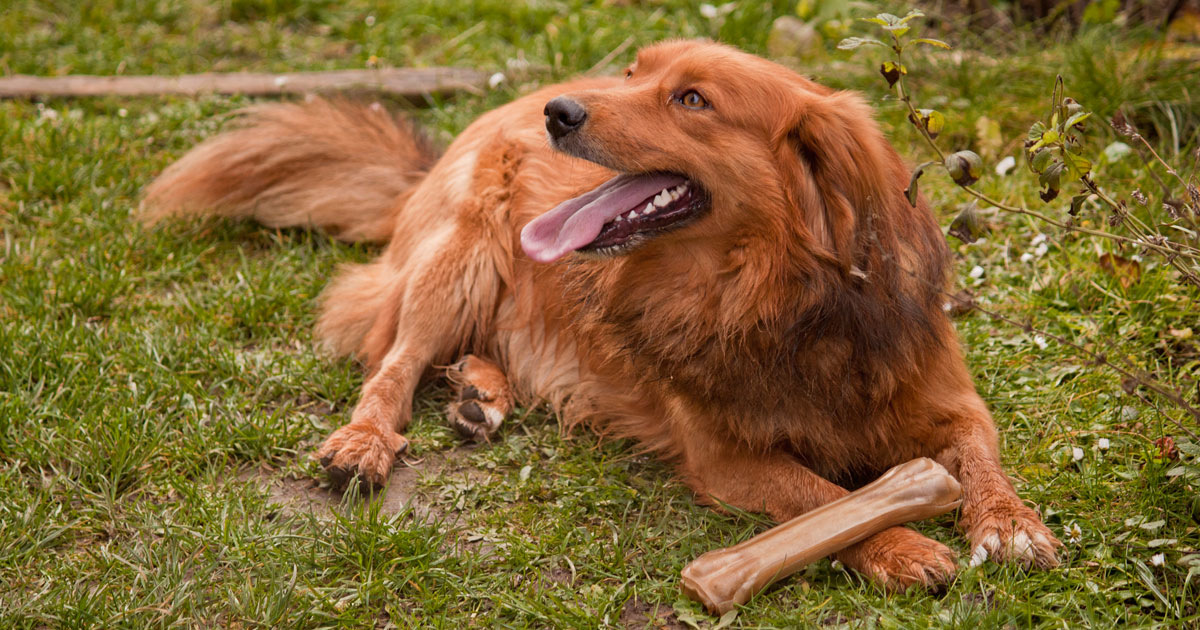May is National Pet Cancer Awareness Month. With thirty percent of dogs suffering from a type of pet cancer—approximately 1 in 4 will develop the disease in their lifetime—it is important to understand the risks and warning signs associated with cancer in our canine friends.
According to the National Canine Cancer Society, there are forty or more types of canine cancer. See the whole list, or reference our shortlist of the most common here:
- Hemangiosarcoma
- Lymphoma
- Malignant Histiocytoma
- Mammary Tumors
- Mast Cell Tumors
- Melanoma
- Osteosarcoma
- Prostate Cancer
We have identified a few early warning signs that could exhibit symptoms of cancer in your pup. While an in-depth examination of one or more of these symptoms in your pet may turn up negative for cancer, it is still worth the trip to see your vet. Just as early detection is advantageous for humans, so too does it increase the likelihood of survival for our furry family members.
Bumps, Lumps, or Raised Areas on the Skin
Get into the habit of checking your pet regularly and feeling his or her skin for smoothness. If you spot a bump that has not been checked previously, you should make an appointment to see your vet.
Weight Loss
If your pet maintains a moderately active lifestyle and you have not made any recent dietary changes, his or her weight should stay steady. Should you notice any drastic unattributed weight loss, this could be a sign of cancer or some other type of sickness. See your vet immediately.
Changes in Appetite
Is Buddy avoiding his bacon treats? A lack of interest in food or a dramatic change in appetite is an early warning sign of cancer, as well as many other illnesses. Monitor your pup's appetite and eating patterns. If they seem off, see your vet.
Lethargy
You've known your pup for years; if she is not acting herself, this could be cause for concern. If your dog is spending more and more time asleep, ask your vet about the potential for cancer or another illness. It's always better to be safe than sorry.
Respiratory Issues
If your pet experiences wheezing or shortness of breath after minimal exercise, this could be an early indicator of lung cancer.
Open Wounds
Most puppies and dogs have a rowdy side that can lead to wounds, be they small surface lacerations or the result of a scuffle at the dog park. If your fur baby has open wounds that are not healing properly, it is important to see your vet. This could be attributed to larger health concerns, including cancer.
Pale Gums
It's not often that you probably dig around in your pup's mouth. Should you find yourself at the mouth of the beast (literally), take a few moments to note gum color. Paleness is definitely a reason to see your vet immediately.
As mentioned above, these symptoms in your pet may not equate to cancer; however, they are known to be early warning signs of serious illness. Consider all possibilities if you see one of these in your pet, and be sure to check with your local veterinarian to reach an appropriate diagnosis.
Written by Lynn Happel, DVM. After nearly one decade in the industry, Dr. Happel opened Eastown Veterinary Clinic in Grand Rapids' Eastown neighborhood, in June 2011. Since then, she has worked to assemble a staff of 14 passionate, dedicated animal lovers and devoted hundreds of hours in additional training to practice her personal passion of advanced veterinary dental procedures. She is a mother to two young boys, two dogs, and one cat.




